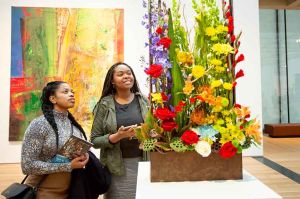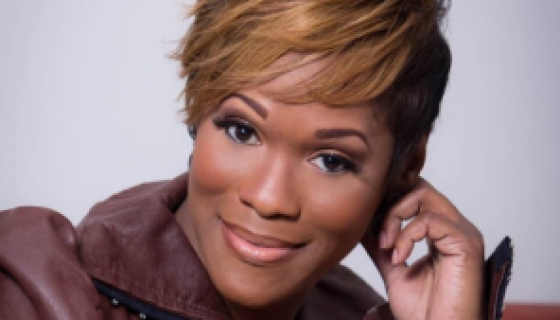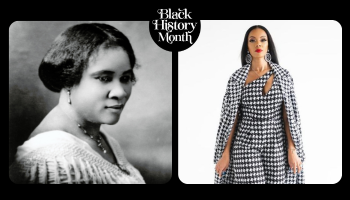
Source: Client Imaging / St. Louis ARt Museum
SPRING BEGINS
Spring begins on the March or vernal equinox, which is when the amount of sunshine is approximately 12 hours long. The amount of sunlight will incrementally increase until the first day of Summer.
The vernal equinox marks the moment the sun crosses the celestial equator. This is the imaginary line in the sky above the Earth’s equator, from south to north. The vernal equinox happens on March 19, 20, or 21 every year in the Northern Hemisphere. In the Southern Hemisphere, this same event marks the beginning of fall. Meteorologists mark the spring from March 1 through May 31st.
In 2016, spring arrived a little earlier due to it being a leap year. On Leap Day, there’s a short math lesson regarding the Gregorian calendar. To keep our calendar following the seasons so that spring happens when flowers grow and winter arrives when snow falls, an additional day was figured into years divisible by the number four. This caused the 2016 spring to occur earlier than any living human being alive had ever seen. Before 2016, the earliest spring on record took place in 1896.
For more information, visit almanac.com.
HOW TO OBSERVE #SpringBegins
Get ready for longer days and increased sunshine. Tune-up the lawnmower. More sunshine means the grass will be growing. Use #SpringBegins to post on social media.
SPRING BEGINS HISTORY
Human beings have been following the sun and creating a calendar based on seasons since the beginning of time.
source: National Day Calendar














